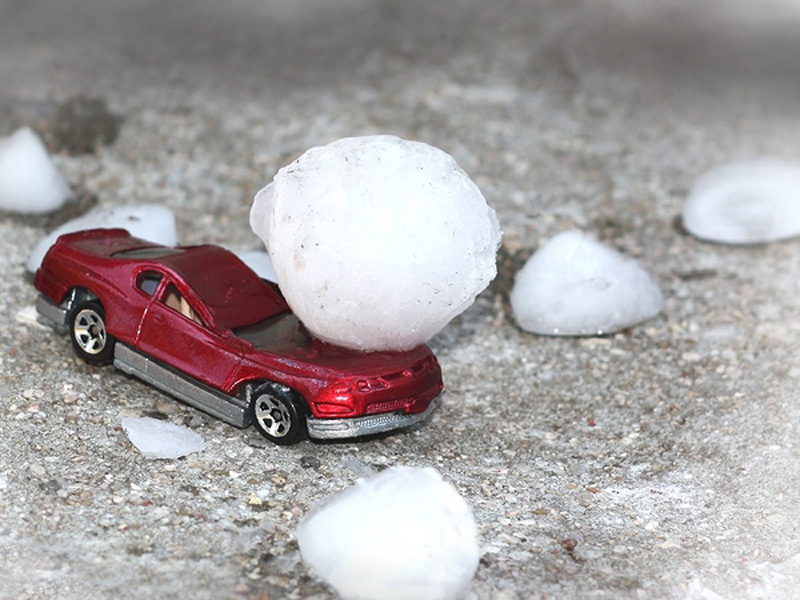How to Prepare for Hail Season – A Simple Guide!
WARNING – IMPORTANT!
HOW TO PREPARE FOR HAIL SEASON
Don’t get caught out – follow our simple guide to prepare for hail season.
-
Check your insurance is up-to-date:
The first step to prepare for hail season may seem like a straight forward question – the insurance company will tell you if you’re coming up for renewal, right? In most cases your insurance policy will rollover each year unless you tell them otherwise. However, there are factors which could automatically stop your policy:
- Falling behind on payments due to an expired card, old bank account or insufficient funds. If your payments are not up to date (and it’s easy to miss), you may not be eligible come claim time.
- An outstanding hail claim. If you have a previous hail claim that still has not been repaired most Australian Insurance companies will not renew your comprehensive insurance policy.
- Not disclosing information such as parking tickets, criminal offences etc. may affect your policy depending on the insurance company.
If you’re not sure whether you are up to date call your Insurer and ask them to check. Peace of mind can never hurt!
-
Know your policy:
Another important way to prepare for hail season includes knowing what your policy will and will not cover, how much your excess will be, and what optional covers you have access to.
-
Check your Comprehensive cover:
Some Australian insurance companies may not cover hail damage in their comprehensive policies. It would be horrible to get caught in a storm only to find out repairs will now be out of your own pocket.
Make sure you read your PDS (Product Disclosure Statement) to confirm what your policy covers or call the Insurer direct.
-
Check your excess:
Have you forgotten about a voluntary excess? Is there an excess if the driver responsible is not named on the policy? Is your excess realistically affordable? For a lot of people having an excess to pay is not within budget so repairs can be pushed further and further along. Whilst having a voluntary excess to reduce monthly premiums can be super helpful, it may make your excess too high to pay in a lump sum at repair time. Keep this in mind and see what cost you can expect when the time comes. Calling your insurer may allow you to make it more affordable.
-
Check access to a hire car:
In some circumstances, depending on the extent of the hail damage, your car may need to be off the road for a week or more. Do you have another car you could use? Could you go without a car for this long? If you can’t go without for that long then it’s worth talking to the Insurance Company about Hire Car cover.
-
Have an undercover option for your vehicle:
The best way to minimise hail damage to your vehicle is to have an undercover area available. You may need to get the car in very, very quick too – hail waits for no one. If you have a garage or carport make sure it is clear. Give it a spring clean or ensure that whatever is blocking your path can be easily moved if needed.
-
Know the hail season:
Summer! Nothing like a big old summer storm to carry some hail in. Generally the hail season starts around September and ends in March but that’s not to say it doesn’t happen at other times of the year. When it’s hot, hot, hot you are much more likely to get the drastic temperature change that produces hail.
-
Know your location:
The East-coast of Australia is the hardest hit part of the country when it comes to hail storms. If you live in a high incident area it’s good to know what you’re in for and find ways to protect yourself. Even if you don’t live in the hard hit areas it’s beneficial to be aware in case of travel during summer months.
-
Learn how to read BOM:
This is probably the most underrated way to prepare for hail season! Our best mate BOM (Bureau of Meteorology) is an invaluable friend but you have to know how to read him. Becoming familiar with the Radar, Satellite map, and MetEye will give you a great headstart for the hail season. Check out our blog on How to Read BOM.
At the end of the day hail can come out of seemingly nowhere and sometimes the effects can be devastating, but taking these steps can help to ease the burden. Bottom line – know your insurance, stay informed, and prepare!
If you have any further questions feel free to contact us or speak to your Insurer.

